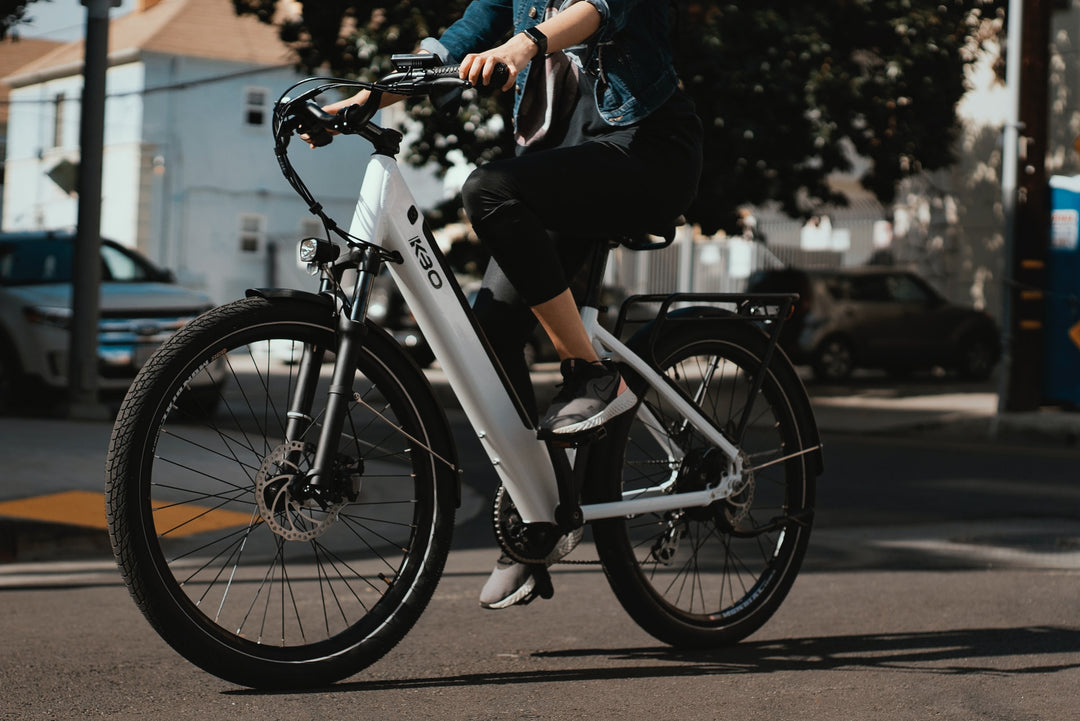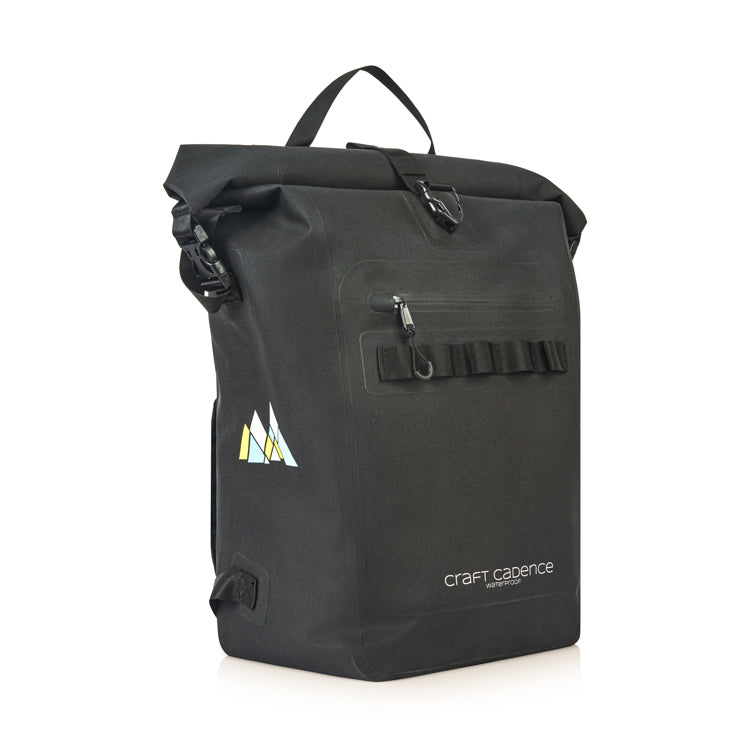Learning from the success of others - mask "habits" from countries with zero (recent) cases of COVID-19
It may just be a coincidence, but there is distinctly high correlation between countries where mask wearing is standard practice, and their relatively low number of reported COVID-19 cases. Countries such as South Korea, Taiwan and Hong Kong come to mind.
Even countries in Europe such as Spain, France, Italy and Germany are starting to mandate face coverings in certain contexts such as public transport as lockdown begins to ease.
As Western countries are relatively new to the wearing of masks, there is much to catch up and learn about how other countries have coped with having to put on face coverings since as early as February.
Firstly, face coverings are not very comfortable.
Secondly, while the use of surgical masks are more effective at capturing droplets (especially your own) than cloth masks, they are single-use and not very sustainable.
Thirdly, face covering eventually pick up bacteria themselves and can pick up odours, especially in humid and warm conditions.
How have populations in mask wearing countries adapted to these inconveniences?
Rise in the use of "Mask Coverings"
In mask wearing countries in East Asia, the use of surgical masks is standard practice, even by people who are not medical professionals. This is because surgical masks are regarded as more effective at capturing respiratory droplets and thereby minimising the transmission of COVID-19.
In Korea, there is now plenty of supply of medical masks and in Taiwan, all residents are rationed 3 surgical masks per person per week at an astounding price of around USD0.15-17 per mask subsidised by the government. In the rest of the world, surgical masks are not regarded as an effective tool against the spread of coronavirus COVID-19, but this is probably more to do with ensuring supplies for the medical front line and key workers.
The use of surgical masks in Asia has led to demand in "Mask Coverings" which are often made from cotton and other materials, in various colours and patterns. The choice of mask covering is also very diverse, such as plain models, cartoon patterns, geometric patterns … etc, making it even fashionable to wear masks.

These have proved to be popular as they serve many purposes:
- They add additional protection to the surgical masks, are are washable and usable
- They actually prolong the life of the surgical mask, up to double the normal lifetime of a single-use mask (2-3 days), leading to less wastage
- They are made from materials that are more comfortable to the skin.
- They turn the boring looking surgical mask into fashionable statements
It would be interesting to see if this trend spreads to the West as supply finally catches up with demand and surgical masks becomes more common place.
Anti-odour fabrics
As mask wearing becomes more common place, we all know about the unpleasant odours that build up inside our masks. In Asia, there are now various "anti-odour" fabric options, from bamboo charcoal to patented technology such as "Odour Control" fabric, developed for example by Polygiene, a Swedish chemicals company. A quick search masks in an online market shows products such as these:

This is a mask covering using bamboo activated charcoal which act as odour neutralisers. Bamboo charcoal is a porous structure with millions of microscopic holes pulling and absorbing odour and moisture from the air.
Masks such as the Aropec antibaterial face mask use fabrics coated with Sweden's "Polygiene Odour Control Crunch" technology. The polygiene technology is certified to capture and break down unpleasant odours.

Electronic masks
To overcome the stuffiness of wearing masks, companies like the electronics giant Xiaomi sell masks with electronic filters that assist air circulation.

The "Purely" mask is only available in China, though there are some retailers that can import them for Western consumers.
A look into the future?
Whether we like it or not, we are going to have to live with this virus until a vaccine is invented, produced and distributed to the masses. So the practice of mask wearing is likely to persist for a while, at least in certain situations such as indoors and public transportation where it is impossible to keep social distance. Do countries like South Korea and Taiwan provide perhaps a glimpse into our futures?



